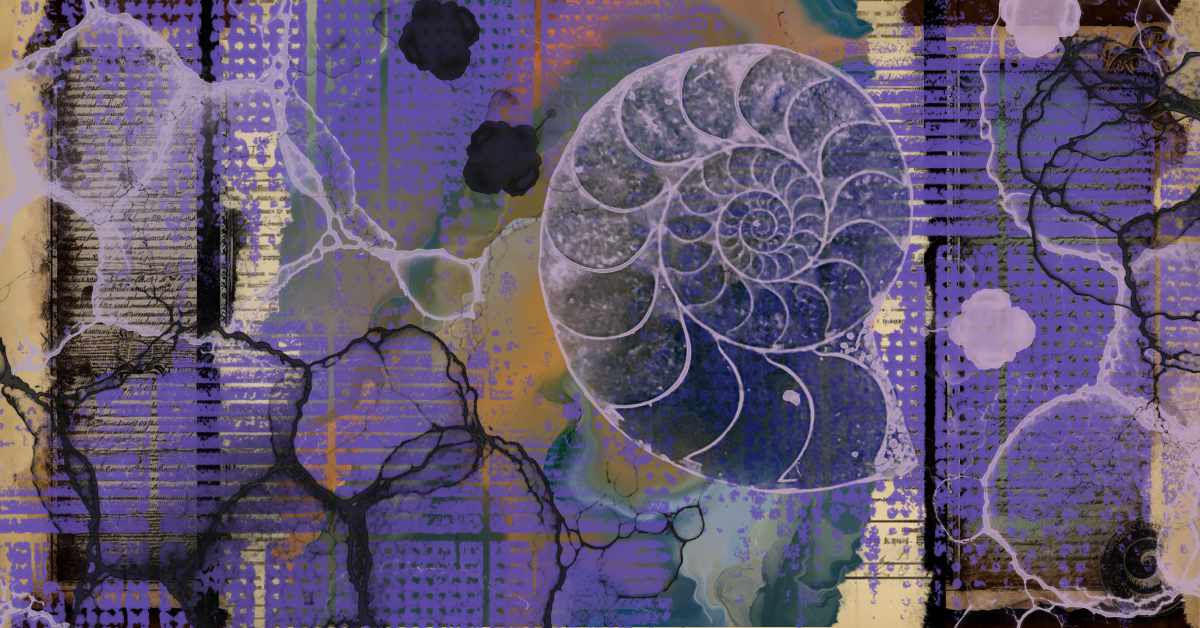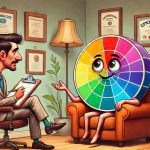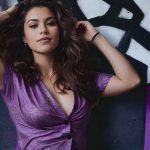Debunking the Myth That Digital Art Isn’t ‘Real’ Art

Some people still question whether digital art is “real” art. I’m not talking about AI-generated images—I mean work created by artists in apps like Photoshop, Procreate, or Rebelle.
As I’ve been rediscovering traditional art recently, this debate has been on my mind. Digital art should absolutely be considered real art, and here’s why.
The Elements of Art Don’t Disappear
Digital art isn’t just clicking a button and watching an image appear. The same elements that make traditional art work—composition, line variety, texture, tonal values, and colour theory—still apply.
Digital artists have to think about highlights and shadows. We make choices about balance, contrast, and movement. Even in a completely digital piece, those foundations of art are always present. If you’re curious about the basics, the Getty Museum’s Elements of Art is a great resource.
The Process Is Still Creative
Just like with traditional art, digital art usually starts with an idea. Sometimes it’s a loose concept, a thumbnail sketch, or a rough guide to plan out the composition. From there, we build the work up layer by layer—one brushstroke, line, or collage element at a time.
Many of us even mix our own digital “paint,” combining custom colours or building textures to create a piece that feels alive. The process takes practice, creativity, and patience—just like painting on canvas or drawing on paper.
MoMA’s exploration of digital art is a great reminder that the medium is simply another way to express creativity.
Art Is About Intention, Not Tools

Think of photography. Photographers create with devices too—cameras, lenses, and lighting equipment. No one argues that their work isn’t real art. They still rely on the elements of art, develop a personal style, and connect with their audience through what they create. The International Center of Photography highlights this balance of technique and vision beautifully.
As digital artists, our devices are just our tools. What makes something art isn’t the brush, the canvas, or the app—it’s the intent behind it. It’s about why the artist creates, how we connect to the work we make, and how it resonates with the people who experience it.
Digital art is real art. It’s a valid, expressive, and endlessly creative medium. Whether the tools are traditional or digital, the heart of art is the same: the artist’s vision brought to life.






0 Comments